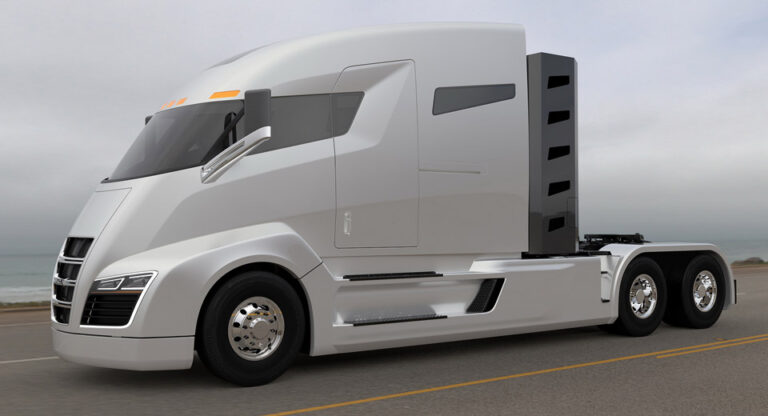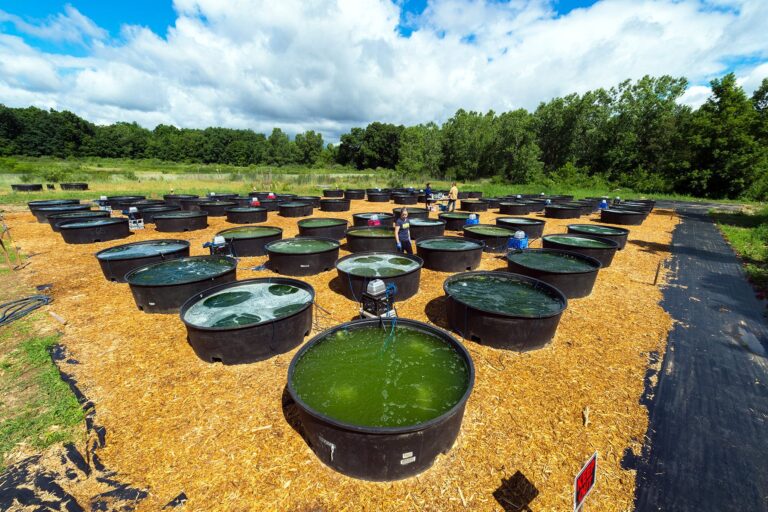
While the solutions to completely decarbonize our electric grid already exist, to fully decarbonize our transportation sector, more innovative breakthroughs would be needed if we are to reach net zero by 2050. The good news is, we’ve got options. Electric, hydrogen fuel, and biofuel are the big three when it comes to decarbonizing transportation.
The Zeus of the solutions, electric vehicles, is probably the most well known and developed. 1 in 7 cars sold globally is electric, and in some countries like Norway it constitutes 80% of their sales! The solution has hit the marketplace for passenger cars and light-duty trucks, but trying to electrify heavy-duty vehicles, seafaring vessels, and aviation still poses a challenge with the primary problem being how heavy batteries are. Zeus is looking a bit tabby to fly and Zeus delivery of products would be one brick at a time…

The Poseidon of the solution produces electricity and water through an electrochemical reaction between oxygen and hydrogen. Hydrogen fuel cell technology shows a lot of promise in decarbonizing many of these industries that require energy dense fuel to account for their high weights. But the infrastructure for hydrogen fuel technology isn’t fully in place yet making hydrogen fuel very expensive especially when compared with fossil fuels. 99% of hydrogen produced is currently ‘gray’ or ‘brown’ meaning they are synthesized from energy burning fossil fuels. Though this solution is one of the favorites to decarbonize the aviation industry given it’s more energy dense compared to their Zeus’s counterpart and that in theory it could produce zero carbon emissions. The irony of the skies being ruled by the god of the seas.
Biofuel the Hades solution may sound ‘dirtier’ than the two other options since it’s made from burning dead organic matter which does produce carbon emissions. But don’t let the underdog from the underworld keep you fooled. While Zeus and Poseidon solutions both require costly offerings with batteries, catalysts and large infrastructure changes, biofuel is good to work right here and now. Though biofuels can be 70% to 130% more expensive than their fossil fuel counterparts, a new, more advanced generation of biofuels has the potential to decarbonize the transportation sector, convert waste into valuable products, and bring energy independence to many nations. This promising biofuel is the liquid green that can replace the liquid gold.

Shrek’s bath waters are a more appealing choice compared to the more conventional and established biofuels for various reasons.
In 2014, the transportation sector in Canada produced 1.7 billion liters of ethanol which required 17,000 km^2 of land or the size of lake Ontario. And that’s for like a fraction of the fuel as Canada also produced 105 billions of liters of petroleum for the same year! Meanwhile, the fast growing algae can produce way more oil per unit area than these conventional crops. It has 15-30 times more biomass than first generation biofuels (e.g soybeans, corn), and the per unit area yield of oil from algae is estimated to be from 58,700 to 136,900 L/ha/year, depending on lipid content, which is 10 to 23 times as high as the next highest yielding crop, oil palm, at 5 950 L/ha/year. Requiring less arable land gives algae a huge advantage over crop biofuels as that land can be used for food security and more land would not have to be cleared furthering deforestation.
What’s better than algae requiring less arable land is that algae can be grown on non arable land as well and in a way that makes the land cleaner and more useful to us! They can be cultivated in deserts and with different types of water sources, including saline, brackish and wastewater, reducing the pressure on freshwater sources. Using wastewater to grow algae is especially of interest since it can utilize waste materials such as agricultural residues, industrial byproducts, or wastewater nutrients and can help remediate pollutants and absorb excess nutrients from wastewater, contributing to water purification and environmental sustainability. The wastewater cultivation of algae can be done in a closed-loop system, which reduces the need for pesticides, herbicides, and freshwater.
You’re saying that algae biofuel has additional benefits after decarbonizing the transportation sector!? Indeed! Production can generate valuable co-products and byproducts. Animal feed, bioplastics, dietary supplements, fertilizers, and various useful chemicals like solvents, and lubricants. Algae-based bioplastics have the potential to reduce reliance on fossil fuel-based plastics and contribute to a more sustainable and circular economy. Applying algae-based fertilizers can improve soil fertility, enhance plant growth, and reduce the reliance on synthetic fertilizers, thereby contributing to sustainable agriculture practices. Talk about many birds with one stone, erm, microscopic plant.
If algae is so great and a possible key technology against the climate crisis, then where is the worldwide algae bloom?
The good news is, the technology is not just theoretical and that there have been numerous pilot projects and demonstrations that have utilized algae biofuels for various purposes. In 2012, the U.S Navy successfully conducted a demonstration where a carrier strike group and an F/A-18 Hornet fighter jet were powered by a blend of algae-derived biofuel and traditional petroleum-based jet fuel. Several airlines, such as Virgin Atlantic and Qantas, have conducted test flights using blends of algae biofuel and conventional jet fuel and in 2013, a bus fleet in San Francisco, California, ran on a blend of algae-based biodiesel and traditional diesel fuel.
But the challenge lies in scaling up the technology so it becomes cost competitive compared to fossil fuels. Sure, maybe you could force everyone to use algae biofuel for their vehicles but good luck winning the next election if you do so, or not getting overthrown with algae biofuel costing between $140 a barrel to $900 per barrel.
So what’s keeping algae biofuel prices so high and when can we expect to get barrels of liquid green?
A couple of reasons actually: cultivating algae at a large scale requires substantial infrastructure, energy, and resources. The costs associated with algae cultivation, harvesting, and oil extraction processes contribute to the overall expenses. Algae typically have low oil content compared to fossil fuels, which makes the extraction process less efficient and more costly. Increasing the oil content through genetic modification or selective breeding is a potential solution but requires further research and development.
If there is one central life lesson to take away from this article, it’s to manage your expectations. Algae biofuel showed much hype earlier, but as all the money poured in, and not much results poured out, interest in algae biofuel has declined but has completely fizzled out yet. Though exxonmobil was the last major oil company to drop the research, the race to find commercially viable algae biofuel is still on. Many research facilities are looking to genetically engineer/find algae strains that are both sturdy and produce a lot of oil and several pilot-scale demonstration projects worldwide continue the search for liquid green.
